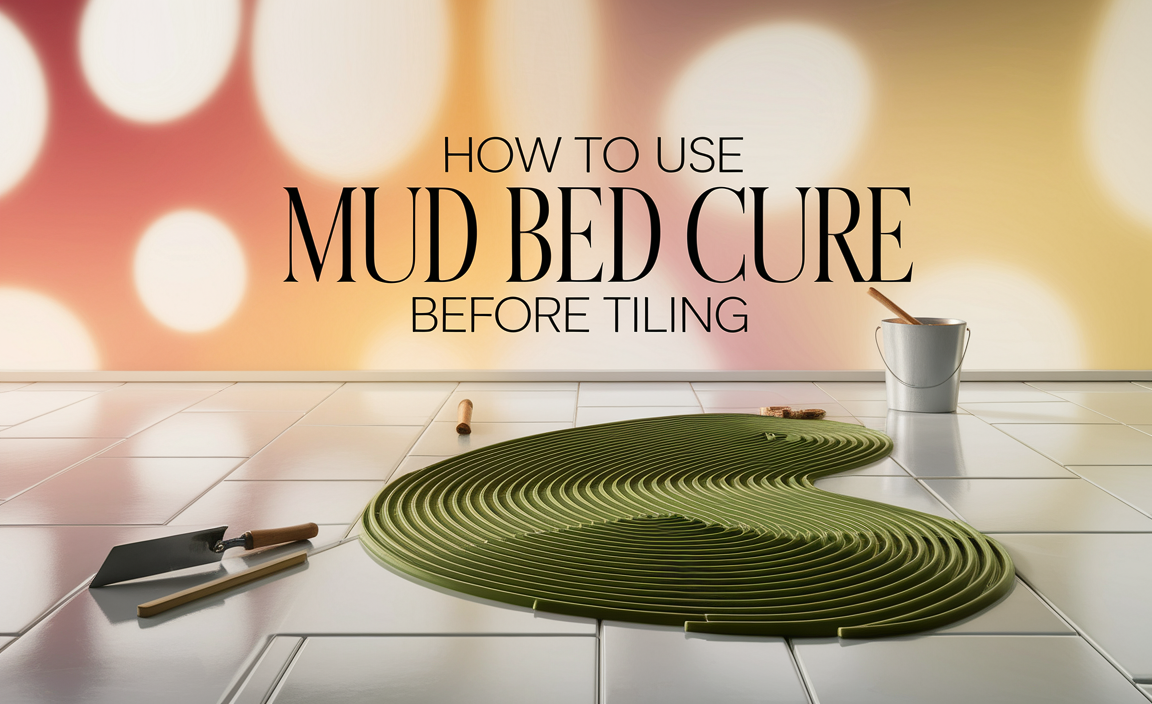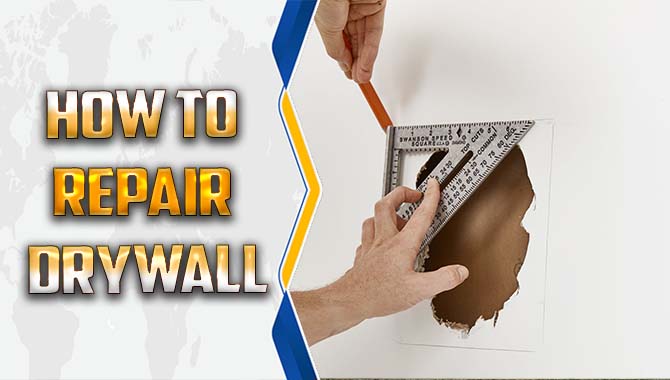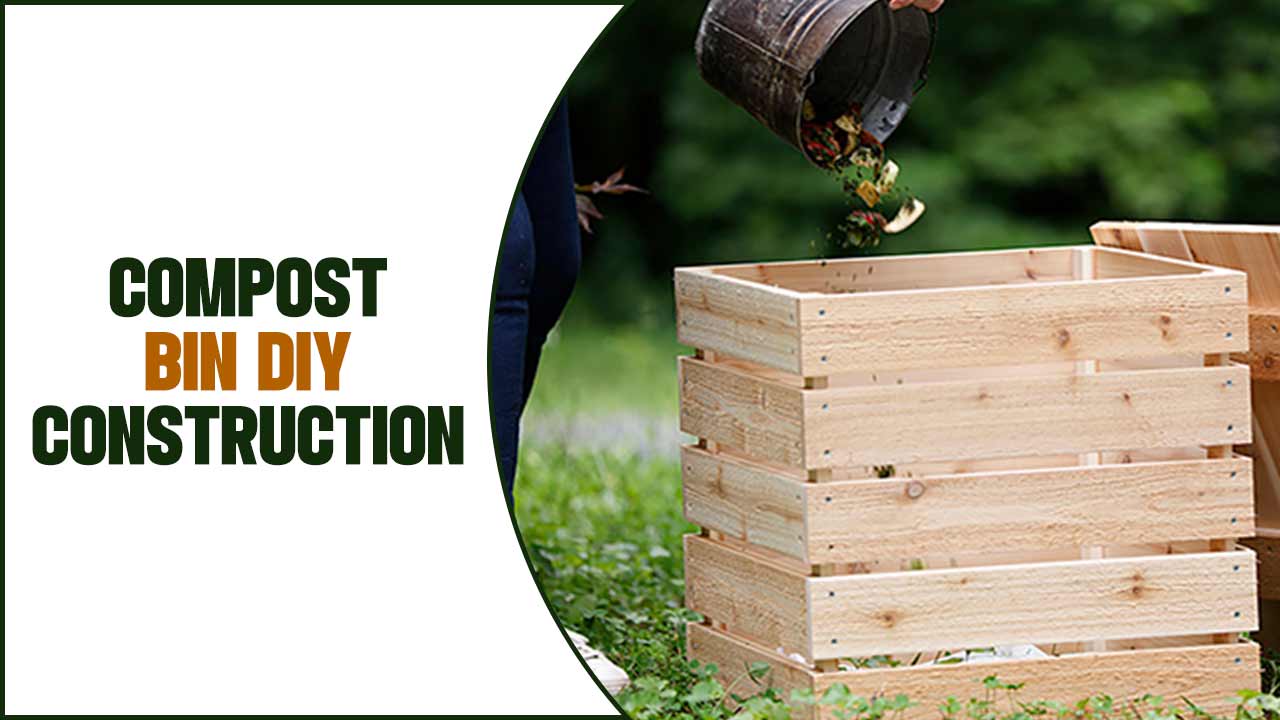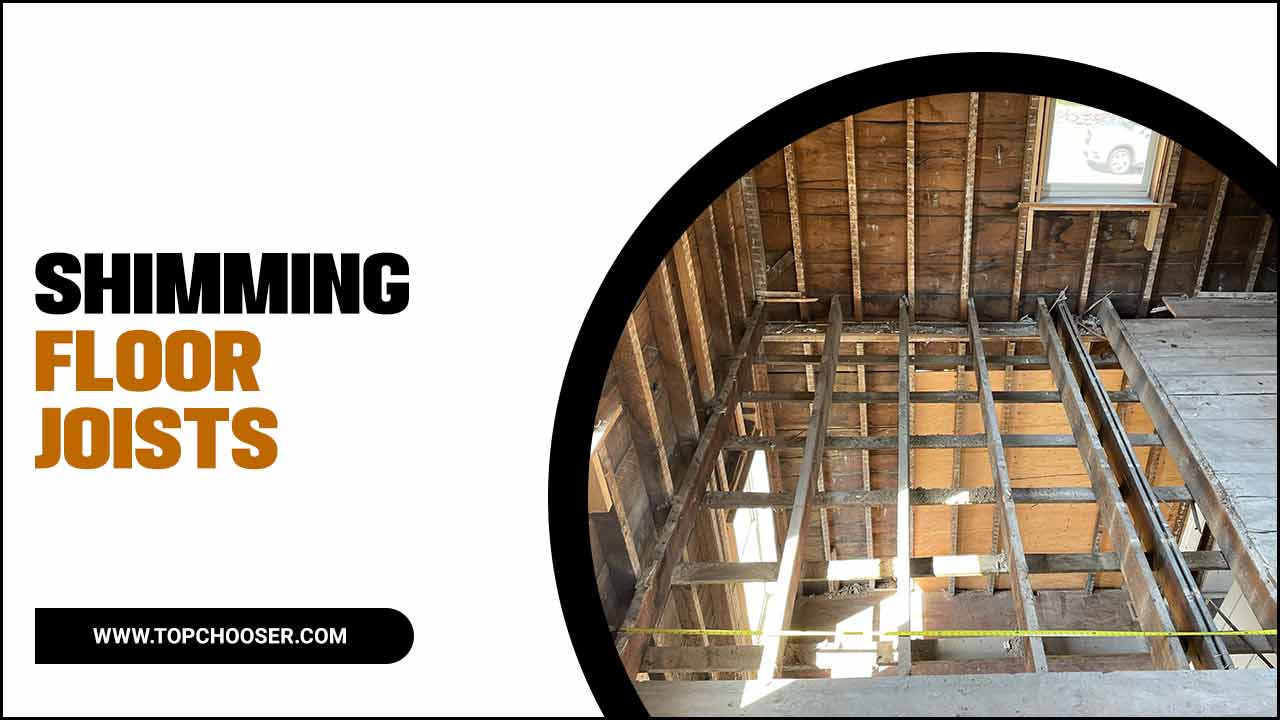Have you ever found yourself staring at a clogged toilet? It can be a frustrating moment. You might wonder how to plunge a toilet with ease and effectiveness. Don’t worry; you are not alone in this.
Picture this: your friend is about to visit, and suddenly, the toilet won’t flush. Panic sets in. But what if I told you that learning how to plunge a toilet can be simple? You don’t need a plumber to save the day!
In this article, we will share easy steps to master toilet plunging. Did you know that the right plunger can make all the difference? With the right tools and techniques, you can handle this challenge like a pro.
Let’s dive in and discover how to plunge a toilet successfully. You can conquer that clog and restore order in your bathroom!
How To Plunge A Toilet: Effective Techniques For Clogs

How to Plunge a Toilet
Using a plunger might seem simple, but it’s an art. Start by wearing old clothes—they can get messy! First, ensure you have the right plunger. A flange plunger works best for toilets. Position it tightly over the drain and push down gently. Then, pull up quickly without breaking the seal. This motion creates a powerful suction that can clear clogs. Did you know that a plunger can save you from calling a plumber? It’s true! With a little practice, you’ll be a toilet hero in no time.
Understanding the Basics of Toilet Clogs
Common causes of toilet clogs. How to identify a clog in your toilet.
Clogs happen when something blocks the toilet. Common causes include:
- Too much toilet paper
- Foreign objects like toys
- Tree roots in pipes
You can spot a clog if water rises in the toilet bowl or drains slowly. Pay attention to the sounds too; gurgling means trouble. Recognizing these signs early can save you from bigger issues.
What are the common causes of toilet clogs?
The main causes of toilet clogs are overuse of toilet paper, foreign objects, and tree roots invading pipes.
How do I know if my toilet is clogged?
You can tell your toilet is clogged if the water rises high in the bowl or if it drains slowly.
Choosing the Right Plunger
Types of plungers: flange vs. cup. Features to look for in a quality plunger.
When choosing a plunger, consider the type. There are two main kinds: the flange plunger and the cup plunger. The flange plunger is great for toilets. It has a soft rubber end that fits well. The cup plunger works better for sinks. Look for these features in a quality plunger:
- Durable materials
- Comfortable handle
- Good suction power
With the right plunger, you’ll make unclogging much easier!
What type of plunger is best for toilets?
The best type of plunger for toilets is the flange plunger due to its design, which provides better suction.
Preparing for the Plunge
Necessary tools and materials needed. Safety precautions to take.
Before taking the plunge, gather your gear. You’ll need a good plunger and some rubber gloves. Trust me, your hands will thank you later! Safety first—make sure to wear old clothes because things can get messy. Also, keep a towel handy. You never know when a water fountain might spring up unexpectedly!
| Tools & Materials | Safety Precautions |
|---|---|
| Plunger | Wear rubber gloves |
| Old towels | Use old clothes |
| Bucket | Avoid splashes |
By preparing well, you can turn a toilet disaster into a minor inconvenience. And no one wants to spend a Saturday battling an unexpected water ballet!
Step-by-Step Guide to Plunging a Toilet
Proper plunging technique explained. Tips for effective plunging.
Plunging a toilet can feel like wrestling a slippery alligator. Start by picking the right plunger. A flange plunger is best for toilets, as it hugs the drain better. When you’re ready, place the plunger over the drain hole and push down gently at first. Then, plunge up and down quickly while keeping a tight seal. This helps create suction to clear the clog. If all else fails, remember, even the pros have off days!
| Plunging Tips |
|---|
| Ensure the plunger is submerged in water. |
| Make sure to push down and pull up, not just in and out. |
| Take a deep breath, and don’t take it too seriously! |
Keep calm and plunge on. With these tips, you’ll be a toilet plunging champ in no time!
What to Do If Plunging Doesn’t Work
Alternative methods for unclogging a toilet. When to call a professional plumber.
If your toilet still refuses to cooperate after plunging, don’t panic! Sometimes, you need a little extra help. One option is to use a toilet auger, also known as a plumber’s snake. This tool can reach deep clogs that plungers can’t. If that fails, remember that baking soda and vinegar can team up for a fizzy unclogging adventure!
However, if your toilet is still stubborn or you see water rising like a mini tidal wave, it’s time to call in a professional plumber. They have the skills and tools to save the day—or your bathroom! In fact, over 80% of homeowners prefer using experts when faced with tough clogs. Don’t be shy; plumbers love rescuing toilets!
| Method | Description |
|---|---|
| Toilet Auger | A tool that clears deep clogs without damaging pipes. |
| Baking Soda & Vinegar | A natural way to dissolve clogs with a fizzy reaction. |
| Call a Plumber | Experts ready to tackle even the trickiest clogs! |
Preventing Future Clogs
Best practices for toilet maintenance. Items to avoid flushing down the toilet.
Keeping your toilet in good shape can help avoid messy clogs. Regular checks make a big difference. Make sure to flush safe items only. Here are some key things to remember:
- Check for leaks and cracks often.
- Use a toilet brush to clean regularly.
- Flushing only toilet paper helps a lot.
- Avoid flushing feminine products, wipes, or paper towels.
Following these simple steps can keep your toilet working well. A well-maintained toilet can save you time, money, and trouble.
What should not be flushed down the toilet?
Avoid flushing items like sanitary products, wipes, and hair. These can clog pipes and cause big problems.
Common Mistakes to Avoid While Plunging
Missteps that can worsen the clog. Handling toilet bowls and plungers properly.
Plunging a toilet isn’t just about using muscle; it’s about technique! First, avoid the big no-no: pushing too hard. This can send water splashing everywhere. Keep the plunger at the right angle. Aim for the hole, not your foot! Did you know that 75% of plunging fails come from wrong placement? Also, always use a clean plunger. Nobody wants germs on their hands! Finally, if you hear a gurgle, take it slow; that’s your cue to keep calm. Patience saves the day!
| Common Mistakes | How to Avoid |
|---|---|
| Pushing too hard | Use gentle pressure to prevent splashback. |
| Incorrect plunger angle | Aim straight for the hole, not your foot! |
| Using a dirty plunger | Always start with a clean tool. |
| Ignoring gurgles | Be patient and take your time. |
FAQs About Toilet Plunging
Addressing common concerns and questions. Myths vs. facts about toilet clogs and plunging.
Many people have questions about toilet plunging. Here are some common concerns:
- Do all clogs need a plunger? Not always. Some clogs may need a plumber’s help.
- Will flushing help clear a clog? No! Flushing can make it worse.
- Is plunging the same for all toilets? No! Different toilets may need special techniques.
Also, let’s separate myths from facts:
- Myth: You need a fancy plunger. Fact: A simple rubber plunger often does the job.
- Myth: Clogs are always caused by toilet paper. Fact: Other items, like wipes, can cause issues too.
Remember, understanding these facts can make tackling toilet problems easier!
Conclusion
In conclusion, plunging a toilet is easy if you follow simple steps. First, ensure you have a good plunger. Then, place it over the drain and push down hard. Make sure to pull up quickly to create suction. If it’s still clogged, try again or call an adult for help. For more tips, check out more guides about bathroom maintenance!
FAQs
Sure! Here Are Five Related Questions On The Topic Of How To Plunge A Toilet:
To plunge a toilet, first, gather your supplies. You need a plunger and some rubber gloves. Next, make sure there’s enough water in the bowl. Then, press the plunger down firmly and pull it up quickly. Do this a few times until the toilet drains. Remember to flush to check if it’s clear!
Sure! Please provide me with the question you’d like me to answer.
What Tools Do I Need To Effectively Plunge A Toilet?
To plunge a toilet, you need a plunger and some rubber gloves. The plunger looks like a stick with a round rubber end. First, put on the rubber gloves to keep your hands clean. Then, you use the plunger to push and pull the water back to unclog the toilet. That’s all you need to get started!
What Are The Steps To Properly Use A Plunger On A Clogged Toilet?
To use a plunger on a clogged toilet, first, make sure you have a good plunger. Next, place the plunger in the toilet bowl and cover the drain completely. Push down gently at first, then pull up quickly to create suction. Repeat this motion until the water begins to drain. If it starts to drain, flush the toilet to see if it’s clear!
How Can I Prevent Toilet Clogs From Happening In The First Place?
To prevent toilet clogs, we should be careful about what we flush. Only flush toilet paper and waste. Never flush things like wipes, toys, or food. Also, don’t overload the toilet with too much paper at once. If we all follow these rules, our toilets will stay clear!
What Should I Do If Plunging Doesn’T Clear The Clog?
If plunging doesn’t clear the clog, don’t worry! You can try using a drain snake. A drain snake is a long tool that helps remove bits stuck in the pipes. If that doesn’t work, ask an adult for help or call a plumber. They can fix it for you!
Are There Different Types Of Plungers, And Does It Matter Which One I Use For A Toilet?
Yes, there are different types of plungers. The best one for a toilet is a flange plunger. It has a special shape that fits well in the toilet’s hole. This helps clear clogs better than other plungers. So, it’s important to use the right one!








